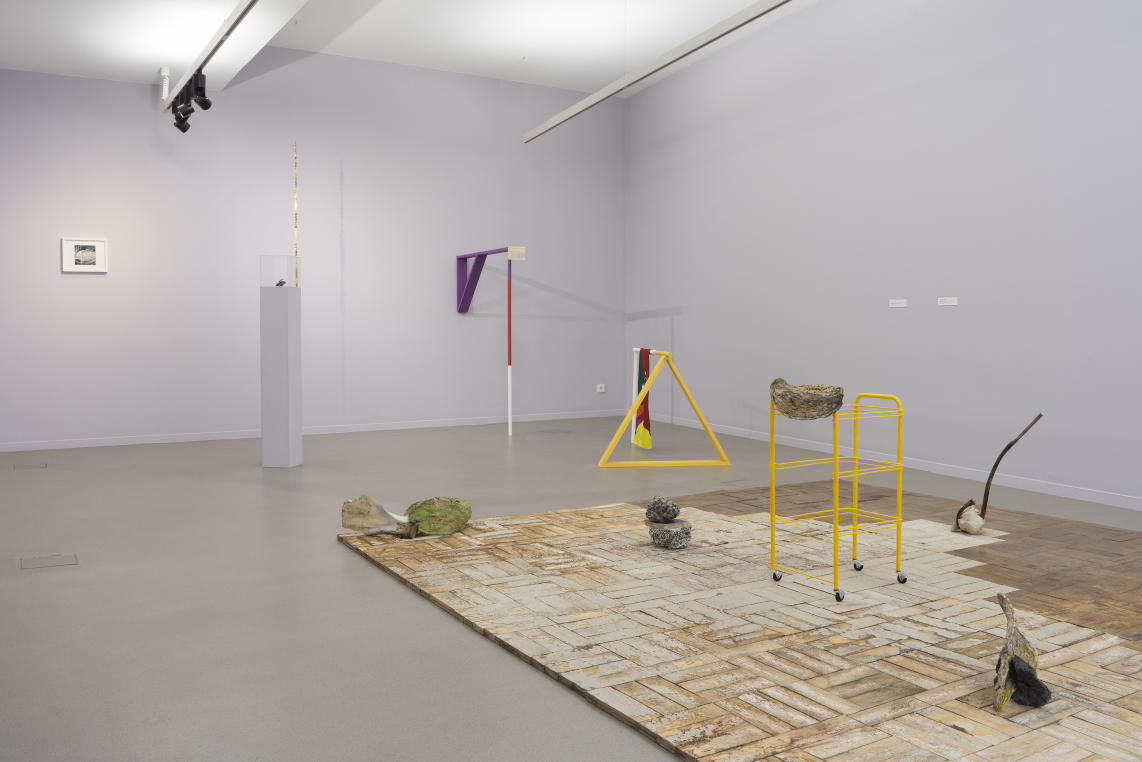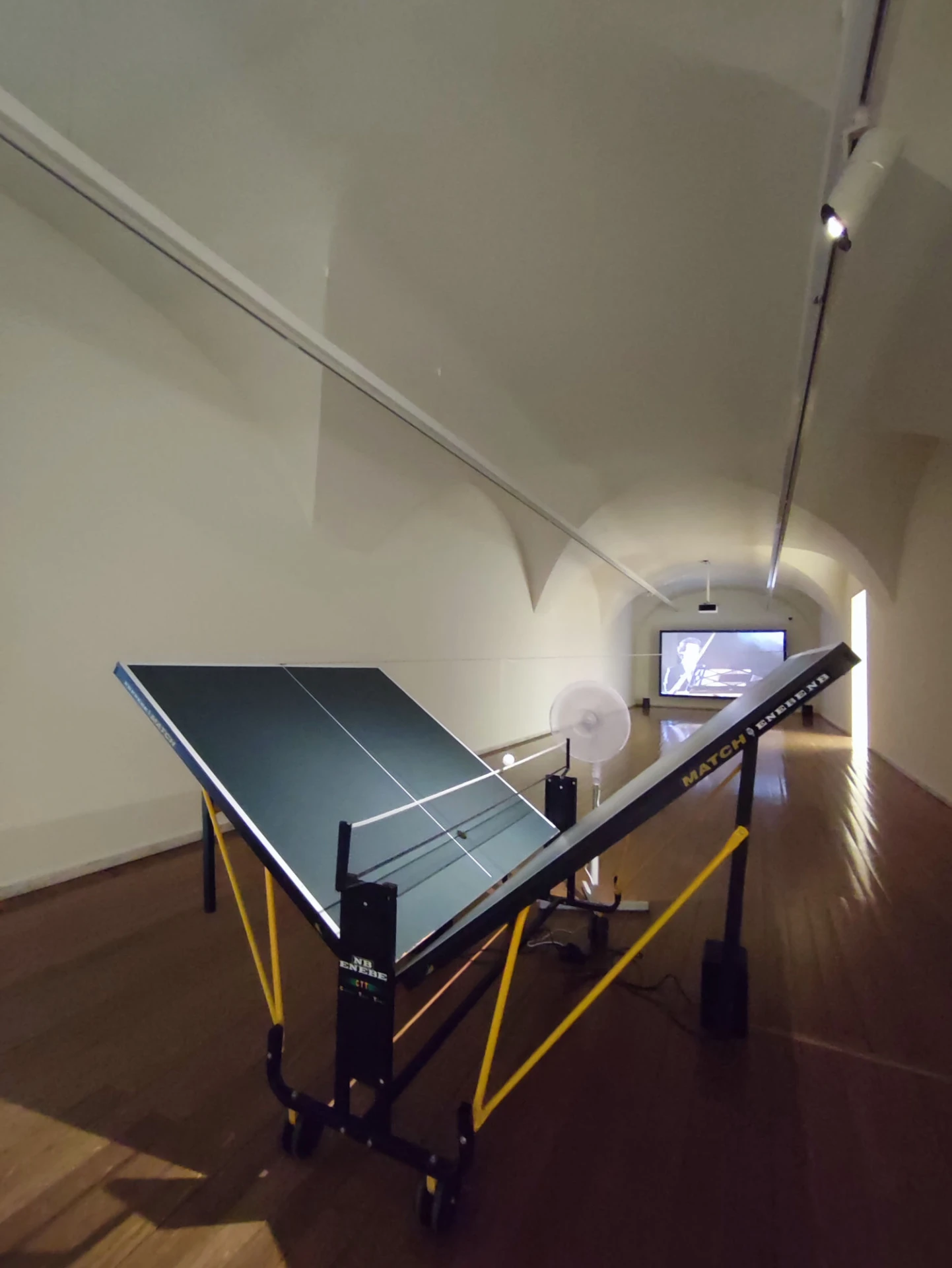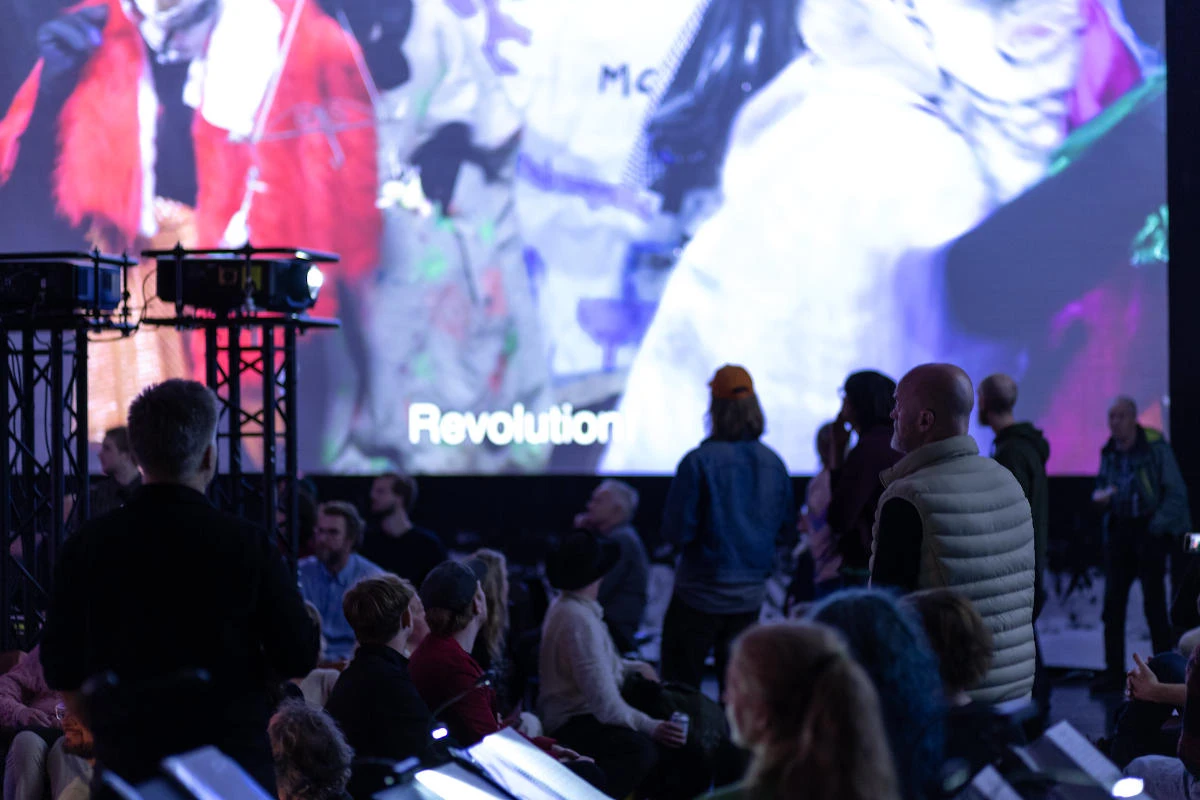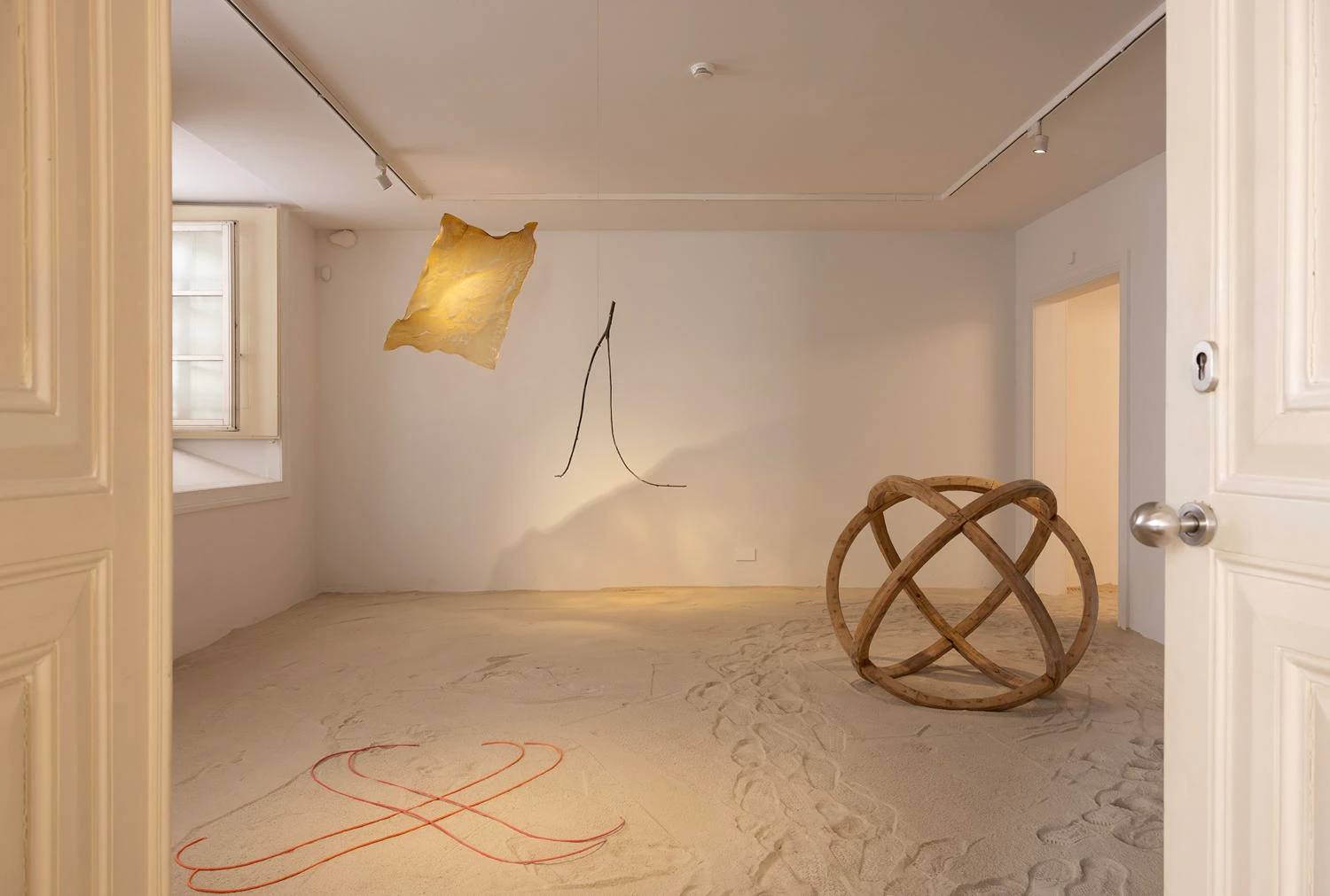“And over the eons of time, the sea has grown ever more bitter with the salt of the continents.”
“Eventually man, too, found his way back to the sea.”
Rachel Carson, The Sea Around Us, 1951
Between the scale and weight of maritime borders in global political daily life, and the evidence of a sovereign element that sweeps everything in its different flows and currents, Entre Deux Eaux, by Adrien Missika, presents a geological era that calls for political and scientific reconciliation between the human and the natural.
In Atlas Ô, the framing of oceans and seas opposes the natural delimitation of these territories and the subsequent political-geographical confinement. But no other device could emphasize so well that the seas are also abstract lines of division, tension, change and otherness. The frame, with its precise rectilinear and orthogonal edges, is a symbol of a separation, which in turn helps to contain and keep the focus on the framed phenomenon. At least from a micro perspective.
From a macro, global perspective, like a seagull flying over the installation, we see a flattened globe and a constellation of masses of water communicating tangentially, far from the scientific-positivist perception proposed by Mercator. It is the atlas from the point of view of water, which from the historical, cultural, political perspective, aggregates moments and relationships perhaps with greater interest than the imaginary terrestrial borders, the summits, forests and geological faults. The installation Atlas Ô is both a map and a monument to losses, conquests and sharing: from the slave trade and the first long sea voyages; from migrants who have sunk their lives in search of exile or a better life, and the fruitful and prolific trade that has animated the history of the countries, for example those around the Mediterranean; from the imperial quarrels against piracy, to the first scientific prospecting in polar white landscapes.
But the simplicity of the installation is flawed because it has a materialisation that expands the knowledge we extract from it at first sight. Like the pale turquoise skin that is detached to reveal, in the cut-out of the letters, a maritime topography, there is something more that can be said about the plasticity and material quality of the installation.
The woods used in the framing express natural landscapes bathed by the exposed seas and oceans, while at the same time referring to the historical use of a material that has always been part of commercial exchanges. At most, the species worked also bear witness to the globalisation of this raw material, the transfer of species from different climates and territories, their acclimatisation and propagation, or the trafficking to which they have been subjected. It is these species that echo in the soundtrack of this journey proposed by Missika in Arboretum.
The Sea of Carson is again a political – but also emotional – view of the sea and how modern diplomatic politics – with an empty geostrategic symbolism – destroy local and cultural memories. It is the name change from the former Isla Ceralvo to Isla Jacques Cousteau, a change that did not critically addressed the oil exploitation of the French filmmaker and biologist. The book that the artist shows in the photograph, like a sacred book vociferously roaring to the undulating landscape, is entitled The Sea Around Us, by Rachel Carson, a document that recovers the scientific spirit and poetics of these problems and that should be consulted repeatedly; used until the pages are wrinkled; spent by the light of the times – like the copy that Missika displays in this work.
This deep blue territory surrounds Triste Galet and Timeline, two works that show the ontological turning point of Time, which is now measured and dictated by human rules and artifices and not by natural ones – a time, a geological period of manufactured natures, of Styrofoam pebbles that are confused with mineral pebbles.
Entre Deux Eaux is a journey through the ambiguities of our relationship with the seas and oceans, and a reflection on how man forced the planet to his metrics, scales, conceiving it and submitting it to an uprooted design of the natural and telluric orders that formed the universe. The seas and oceans are often disputed and coveted borders in political, territorial and national terms. But the species that inhabit these enormous biomes, which occupy them according to the most elementary and primeval laws, are contrary to these fictitious and abstract maps: they navigate and travel the currents and flows of the globe as if they were nothing, indifferent to the rules and diplomatic agreements, aware only of their existence, so complex and societal as that of other beings.
Until January 15, 2021, at Galeria Francisco Fino, curated by Asya Yaghmurian.





